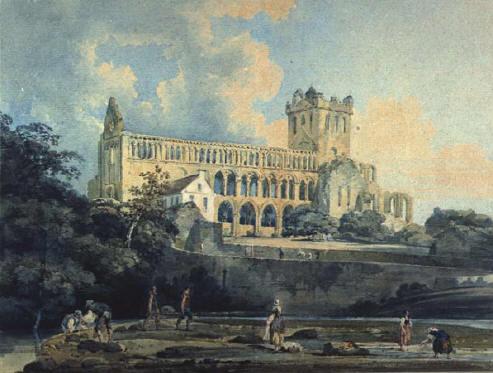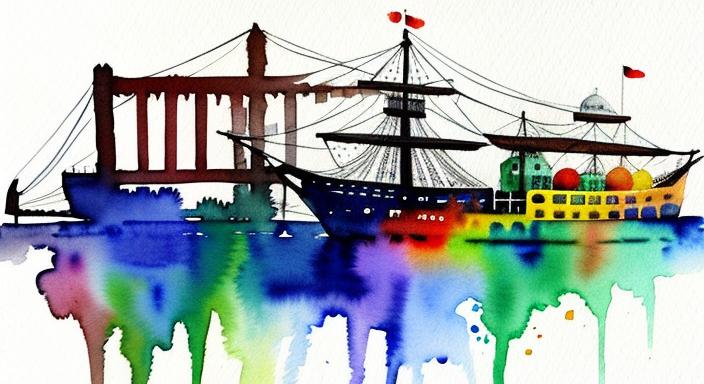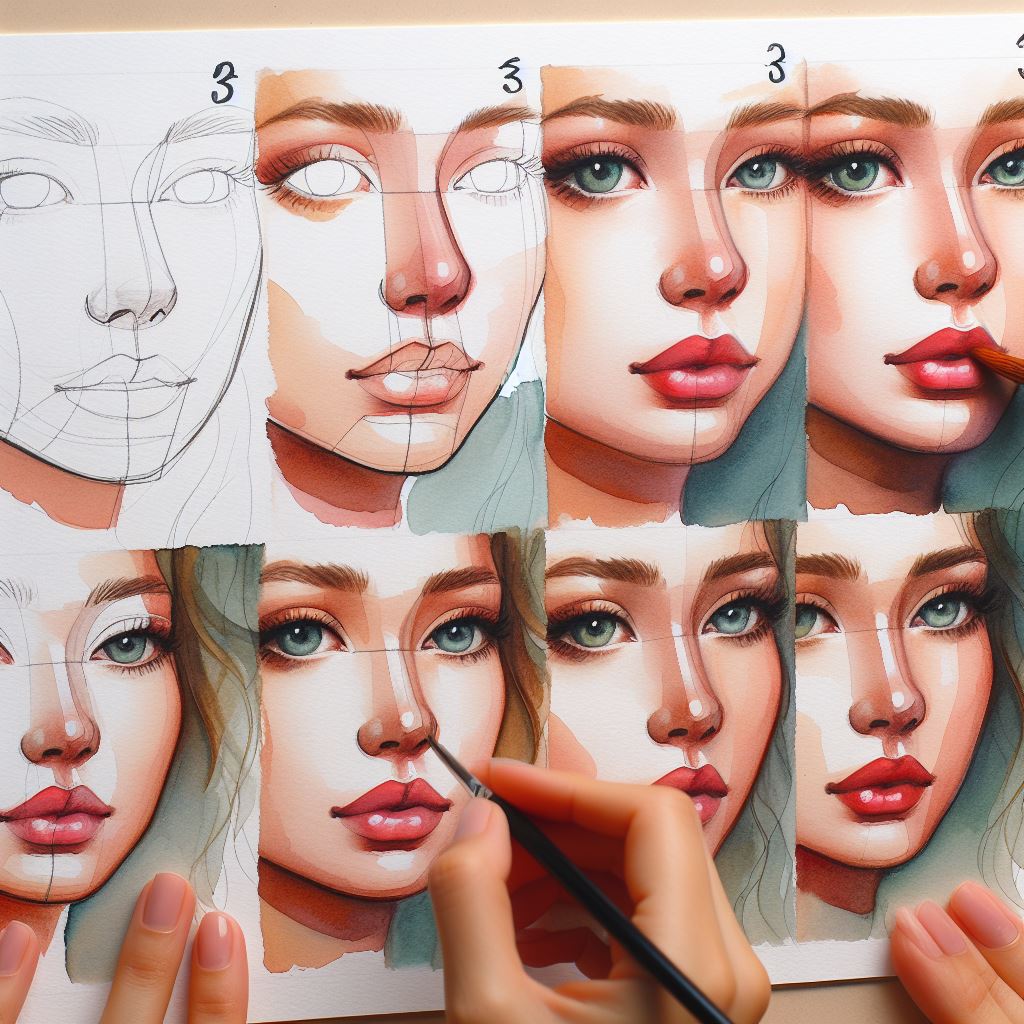
Among the vast world of painting mediums, watercolor remains alluring yet enigmatic for collectors and investors. Watercolor’s luminous aesthetics invite hobbyists to try their hand easily enough. But when examining the upper tiers of the fine art auction market, do watercolors compete with oil, acrylic or pastel masterworks in terms of value? Turns out, standout pieces can indeed gain multi-million dollar price tags and continue appreciating over decades. However, achieving such lucrative results depends greatly on the original artist’s significance, execution excellence, provenance documentation, and careful long-term preservation of the inherently fragile watercolor paper surface.
Watercolor’s Allure – And Its Specific Challenges
What draws artists and viewers visually to a great watercolor painting? The unique clarity of color washes, the ability for the eye to focus through to bare paper or previously layered hues, and a certain ethereal luminosity. As pigments pool, soak, bleed or separate across wet paper, striking visual depth and atmosphere emerge from skilled hands. Yet at the same time, these captivating traits of the watercolor process pose risks conservators must stay ever vigilant against over time if the financial value is the goal. Fading, mould damage, tears, foxing stains or over-restoration attempts can irreversibly mar surfaces and severely depress resale prices.
This vulnerability means properly archiving and handling practices by owners is paramount. Choosing torn-free, acid-free papers and framing using UV-filtered glazing provides protection. While large-scale watercolors can achieve visions rivalling oil, gaining investor confidence means respecting the paper support vulnerabilities upfront.
Who Are the Most Valuable Watercolor Artists?
Select watercolorists through art history have overcome the medium’s fragility by combining compositional mastery with an innate grasp of water & pigment manipulation. These talents perfected exploiting the fluidity and luminosity water provides over pencil, ink or dense paints. Their choice of watery medium channels themes into floating worlds the eye delights moving through.
JMW Turner remains exhibit A of brilliance with the brush. His epic landscapes and seascapes brimming with Romantic atmosphere astound viewers centuries later. Turner captures luminous rays piercing clouds post-storm, diffuse golden haze at sunset, and churning oceans with equal panache. Fellow British artist Thomas Girtin’s brief career saw innovations in urban scenery and large “architectural” watercolor formats. Turner himself allegedly quipped to a collector when asked to critique a Girtin piece, “If you had not told me, I would have said it was one of my own.”

Thomas Girtin “Jedburgh Abbey from the River” – $97,000 auction sale
Turning to 19th century France, Eugene Delacroix equally pushed watercolor as far as possible technically in service of his exotic, emotive Romantic imagery. Flowing pigments morph into vibrant still-life floral arrangements, dynamic horses in battle scenes, or lustful harems.
Across the Atlantic, American Realist Winslow Homer voyaged often to render coastal New England. His resonant marine water views of surfers and fishermen master manipulating natural light effects. Homer’s oils may be better known publicly, but works like “Girl Seated by the Sea” showcase his watercolor prowess.
Recent Sales Results for Masterful Watercolors
With marquee oil paintings grabbing gaudy nine-figure headlines routinely, it’s fair to ask how blue chip watercolors fare at fine art auctions presently. Surprisingly well.
A brilliant Homer seascape from 1883 titled The Blue Boat sold at Christie’s in 2021 for over $19 million. J.M.W. Turner’s late career Venice piece Bonneville, Savoy realized $2.38 million back in 2016. Works from living legends like David Hockney also continue setting new artist records above the multi-million threshold.
Make no mistake though, these extremely high water marks (pun intended) stand far apart from typical hobbyist output. Condition, scale, subject appeal and the creator’s importance all elevate trophy pieces leaving most amateur efforts trailing distantly on the value spectrum.
Evaluating Watercolors – Caution Advised
For investors eyeing watercolor potential in today’s art markets, tread carefully. Seek out advisement from multiple appraisers on any preliminary six or seven-figure acquisitions. Due diligence confirming authenticity and scrutinizing for restoration extent takes added importance with older works especially.
Dabbling collectors often struggle to gauge if store-bought floral stilllifes will accrue beyond the purchase price. And no artist sees every piece appreciate uniformly; even with esteemed names, lesser examples abound at modest values. Setting expectations correctly from the onset and spotting differentiation factors early provides the savviest path to nurturing passion while sustaining long-term financial gains.
Concluding Thoughts
Are investment-grade watercolors tucked away just awaiting discovery at neighborhood garage sales? Likely not. Can a meticulously chosen piece merit hanging amid the oil painting elite over the fireplace as a conversational focal point while gaining value decade over decade? For those brushing up on art historical importance along with condition assessment technique basics, unequivocally so. Rather than chasing flashy trends though, allow your eyes to guide connection-making with potential purchases. Whether placing a bet or buying simply for love, let water have its way first in your decision journey.


